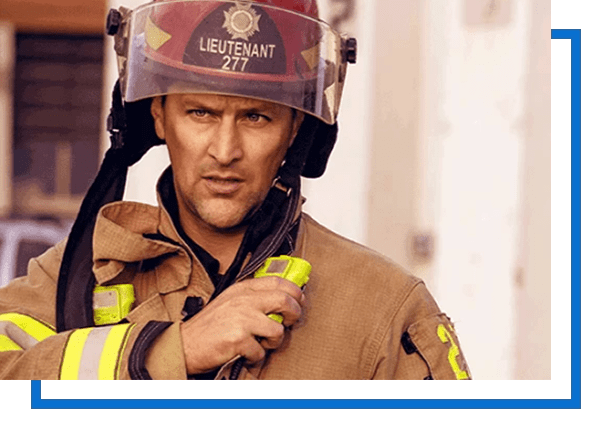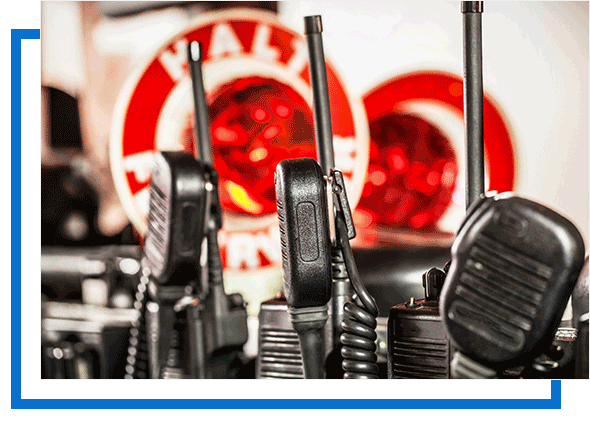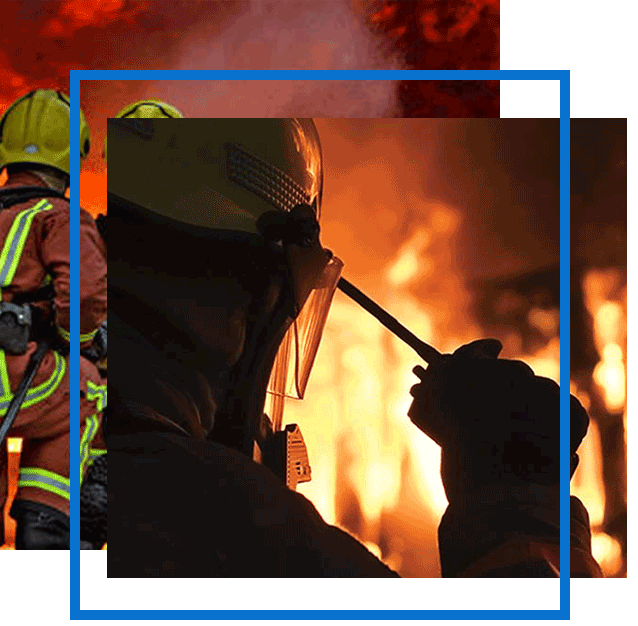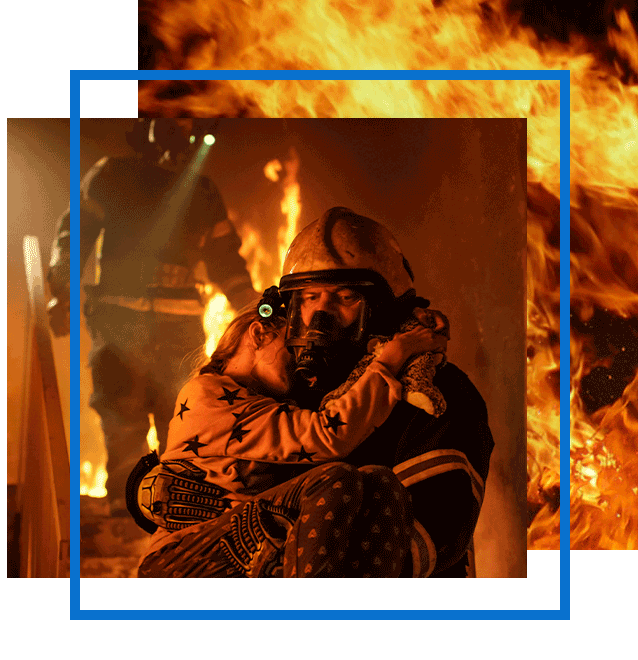
Mandatory Indoor Wireless Communications For First Responders
Public Safety DAS utilizing BDA technology provides enhanced two-way radio service via an antenna system. This ensures that our first responders can maintain wireless communications within a building during medical emergencies, fires, natural disasters and other life-threatening events.
A BDA (Bi-directional Amplifier) system is an in-building communication system that brings wireless signals into the structure from outside, amplifies those signals with a signal booster, and then evenly distributes the amplified signals via a Distributed Antenna System (DAS).
There’s good reason that in many areas BDA’s are now a code driven requirement. During 9/11, firemen and police officers couldn’t communicate properly inside the World Trade Center. This triggered changes to the IFC and NFPA codes greatly improving communications for first responders ensuring their radios work wherever they go.














